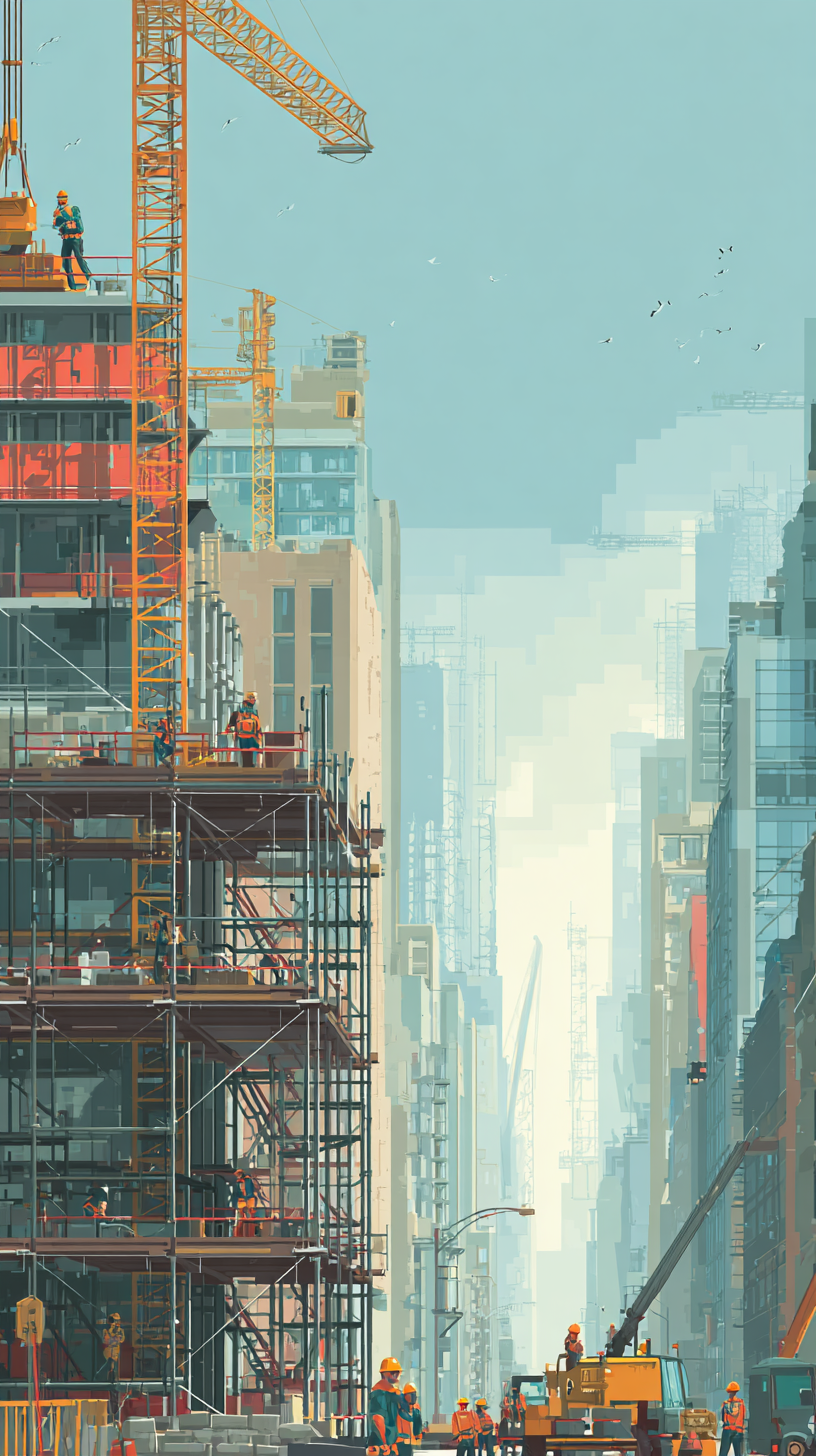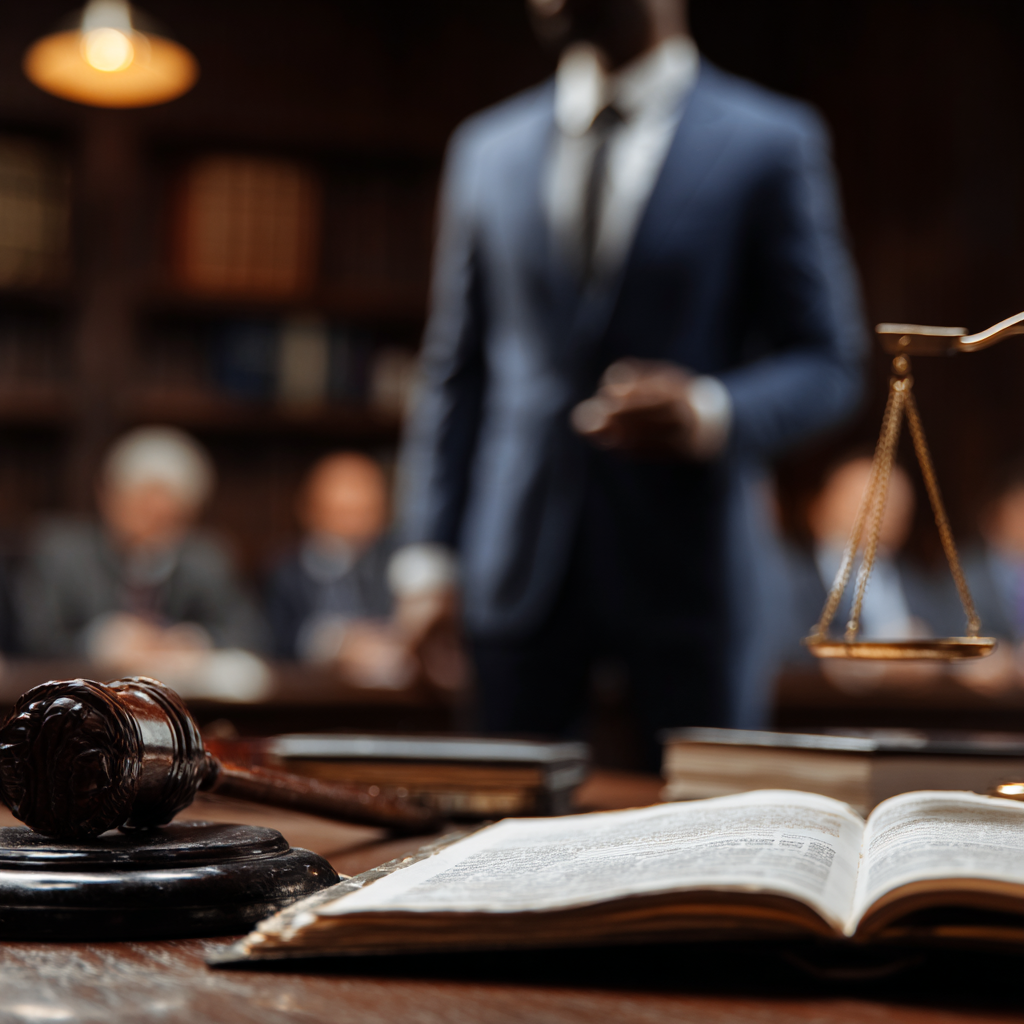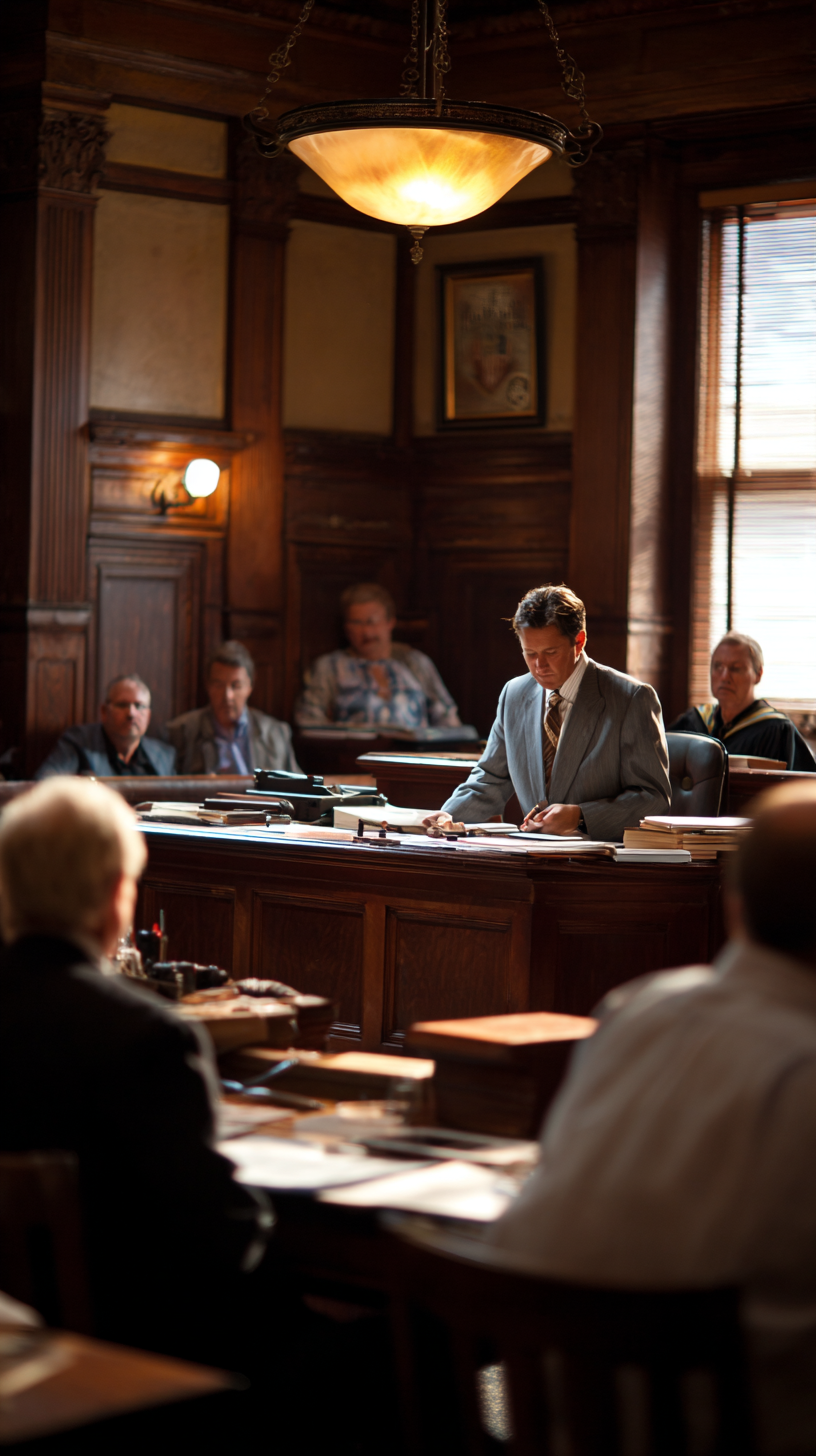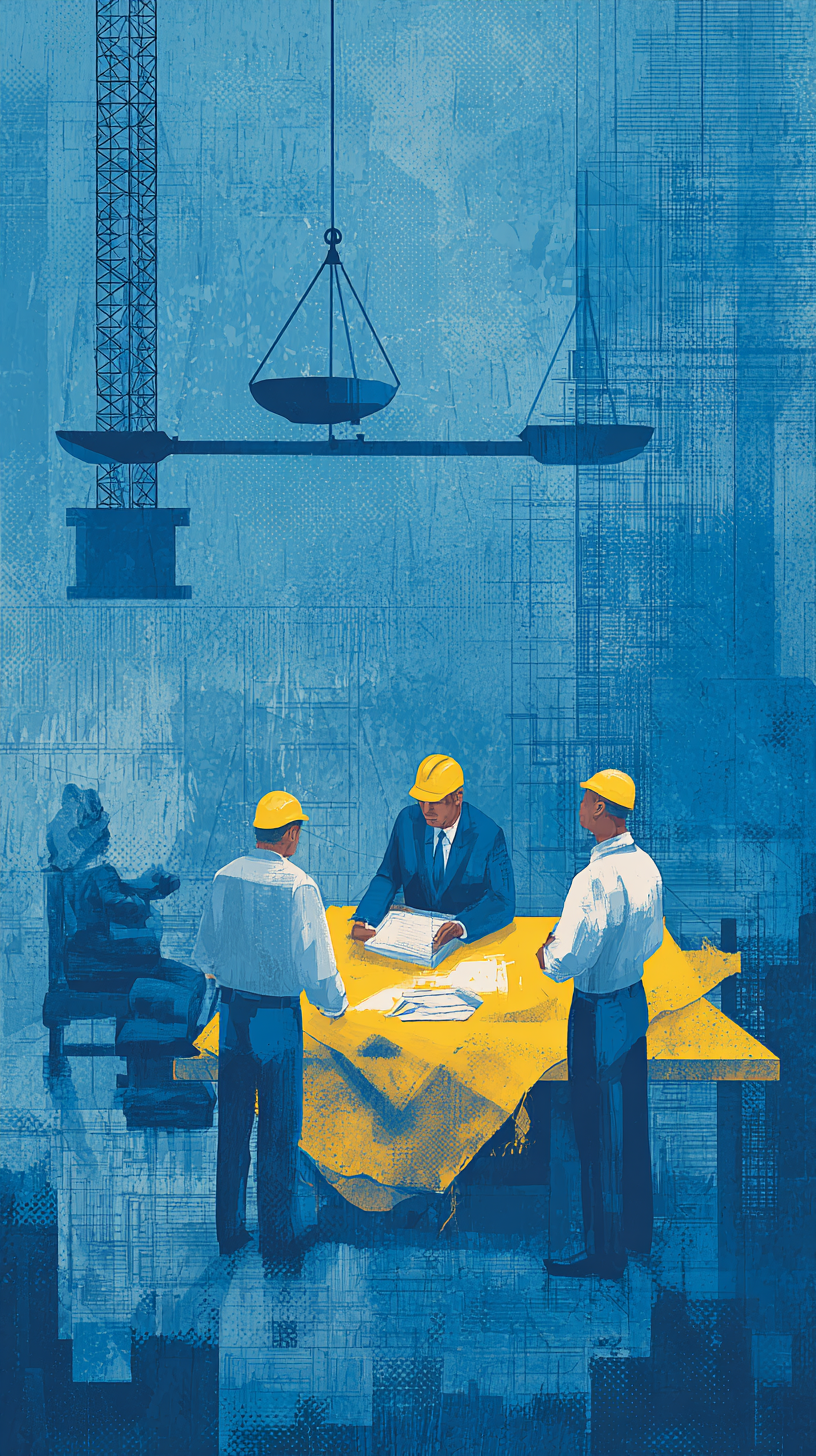
I. Introduction: The Risks in Construction Work
Construction sites on Long Island buzz with activity. Projects span from towering buildings in Nassau County to residential developments along the South Shore. Hazards accompany this progress. Scaffolds give way, equipment malfunctions, and trenches collapse without warning. The Bureau of Labor Statistics notes thousands of construction injuries across New York State annually. Long Island contributes a significant share due to its booming real estate market. Recent figures indicate 20 to 30 fatal accidents in the region each year. These numbers underscore the gravity of such incidents.
Accidents like these demand specialized legal knowledge. They go beyond basic slip-and-fall cases. State laws, multiple parties, and complex evidence all influence results. Victims and their families confront mounting medical bills, lost wages, and emotional distress as they navigate a challenging system. This article explores the key issues. It starts with fundamental laws and progresses to practical actions for protecting rights. The emphasis extends past jargon to achieving just outcomes.
A single mistake can alter lives permanently. Those statistics reflect real individuals striving to rebuild.
II. Grasping Construction Accident Laws
A. Framework of New York Labor Laws
New York labor laws bolster claims related to construction accidents. They protect workers in a hazardous industry. Labor Law §240, often called the Scaffold Law, covers falls from elevated areas. Owners and contractors bear absolute liability if they fail to provide adequate safeguards. Labor Law §241(6) targets specific safety violations. It references codes that mandate elements like guardrails and debris removal. Labor Law §200 addresses general negligence at worksites, including dangers that supervisors overlook.
Workers’ compensation delivers immediate support for medical expenses and partial wage replacement. Still, it does not cover full lost earnings or compensation for suffering. Third-party claims permit lawsuits against entities other than employers, such as subcontractors or equipment producers. Victims need to understand these distinctions early to pursue rightful compensation.
B. Factors Specific to Long Island
Long Island introduces particular aspects to construction accidents. Municipalities like Hempstead or Oyster Bay impose local ordinances that occasionally exceed state standards, especially in dense areas where projects fit into tight spaces. Congestion in these locations amplifies risks and transforms job sites into hazard zones.
Weather variations also affect dangers. Severe winters delay work, while intense summers pressure teams to rush, leading to errors from fatigue. Storms produce slippery surfaces that cause slips, and courts have used weather records to establish negligence in previous lawsuits.
III. Typical Construction Accidents and Their Challenges
A. Accidents Involving Falls
Falls rank as the top cause of construction injuries. Long Island experiences many of them. Workers tumble when scaffolds buckle under improper assembly or overload. Ladders contribute to issues too, frequently due to defective equipment or insufficient instruction.
Roofs cave in during repairs to older structures, instilling terror. Establishing responsibility requires examinations of blueprints and testimonies from onsite personnel to pinpoint who disregarded protocols—contractors, property owners, or architects.
B. Issues with Equipment and Machines
Heavy machinery presents serious threats. Cranes malfunction because of operator errors or component failures, injuring bystanders. This scenario repeats in developments near Queens that spill over into Long Island.
Unprotected wiring or faulty tools trigger electrical shocks or burns. Vehicles hit workers on crowded sites lacking clear markings, resulting in grave harm.
C. Dangers Tied to the Site
Certain perils stem directly from the environment. Trench failures bury employees, prompting intense scrutiny from OSHA. Paints or asbestos in historic buildings expose individuals to toxins, causing illnesses that fuel debates over causal connections in legal actions.
Fires or explosions erupt from flammable gases or substances. These incidents often involve code violations and require experts to determine causes.
Deadlines pressure teams into shortcuts that spark many accidents.
IV. Main Hurdles in Construction Accident Claims
A. Liability Among Several Parties
Responsibility disperses across multiple entities in these matters. General contractors oversee the entire operation. Subcontractors handle specialized duties. Owners carry ultimate accountability. Suppliers encounter lawsuits if defective products play a role.
Contracts include indemnity provisions and insurance specifics that redistribute blame. Multi-party litigations spark finger-pointing that prolongs proceedings.
B. Gathering and Keeping Evidence
Teams must act swiftly to secure evidence. They capture photographs, videos, and witness statements to fortify positions. Engineers and specialists clarify technical aspects for juries.
OSHA investigations parallel civil suits and yield valuable insights, though time limits apply. Recollections fade, and crews dismantle sites rapidly, so immediate steps prove crucial.
C. Problems with Insurance
Overlapping policies generate disputes over payouts. Workers’ compensation recoveries can offset other damages, and carriers pursue subrogation.
Endorsements that extend coverage to owners complicate discussions. Familiarity with these factors prevents inequitable settlements.
V. Why Skilled Lawyers Matter in These Cases
A. Quick Action and Case Building
Attorneys react promptly by preserving scenes and collaborating with healthcare providers for comprehensive documentation. They coordinate investigations effectively, deploying photographers and interviewing crew members.
B. Creating a Solid Case
Safety experts and engineers assist in constructing compelling narratives. Teams sift through extensive documents and depose participants from various angles.
Complex details resonate when presented straightforwardly, such as explaining a scaffold’s load capacity in simple terms.
C. Approaches to Negotiations and Trials
Insurance companies propose minimal offers to test resolve. Recognizing their tactics strengthens leverage. Litigation strategies tackle elements like demonstrating psychological impact.
Awards aim to address medical care, income shortfalls, and additional harms. Seasoned professionals influence outcomes significantly.
VI. Steps to Protect Rights After an Accident
A. First Moves Following an Incident
Obtain medical attention immediately. Document specifics with images of injuries, the scene, and items like apparel. Report to supervisors but restrict conversations with insurers to essentials—they might twist remarks.
Steer clear of comments that imply fault, even casually.
B. Selecting a Lawyer
Ask about track records in Long Island cases, including those under the Scaffold Law. Contingency fees mean charges only upon victory, but verify costs.
Practices specializing in personal injuries and employment regulations, such as The Law Office of Jason Tenenbaum, P.C., grasp local nuances.
C. The Legal Journey Ahead
Cases last from months to years depending on circumstances. Clients provide information and undergo depositions—preparation maintains stability.
Remain honest and communicative. Settlements resolve most disputes, yet readiness for trial remains essential.
Sudden demands for knowledge can weigh heavily on those involved.
VII. Conclusion: Advancing After a Construction Accident
Construction accidents on Long Island pose substantial legal barriers, from labor statutes to distributed liability. Victims struggle to assemble evidence and contend with insurance intricacies, but proficient attorneys guide them toward appropriate compensation.
Expert assistance facilitates healing. Consult resources like OSHA or labor organizations for foundational information. For support, contact The Law Office of Jason Tenenbaum, P.C., at 516-750-0595—they manage injury claims and provide guidance.
The path to recovery starts with asserting rights today. Learn more about your legal options and consult with a construction accident lawyer to understand your rights. Navigating these complex cases requires experience; resources like the New York State Bar Association can also offer guidance.









